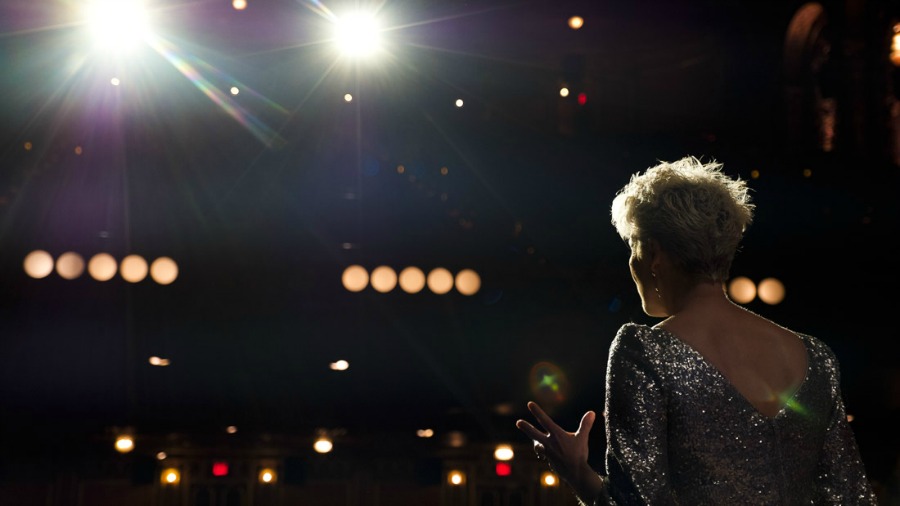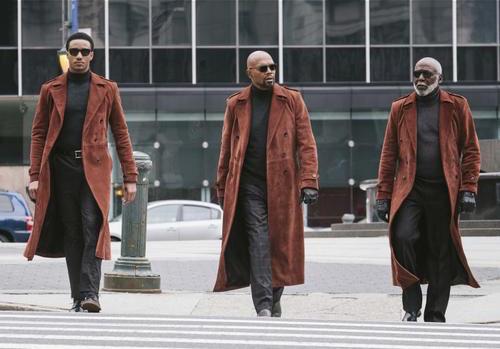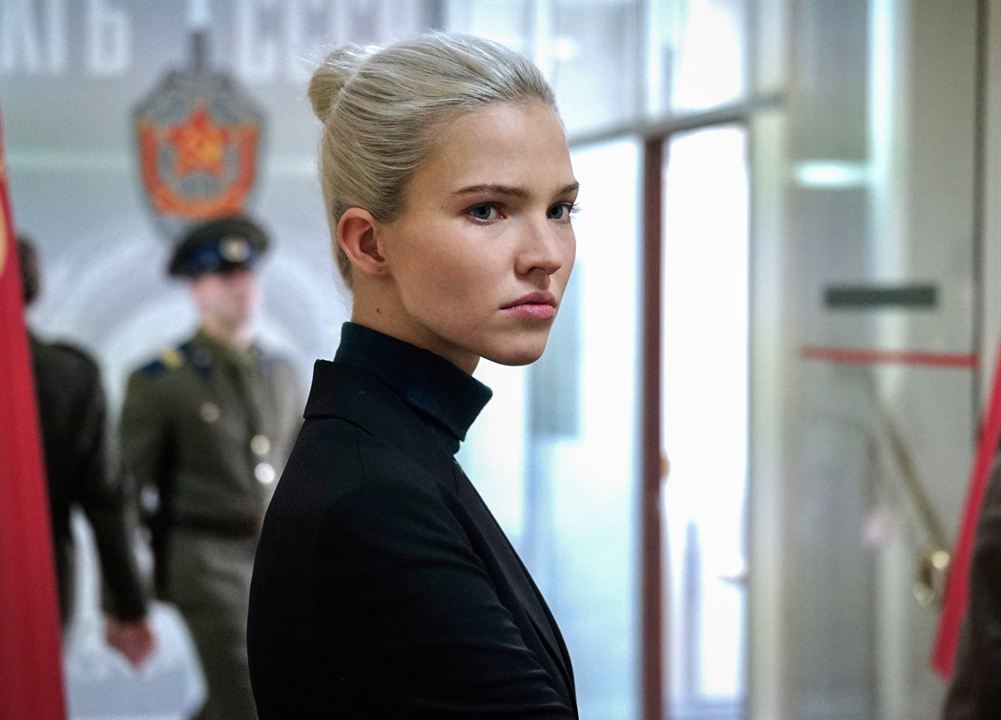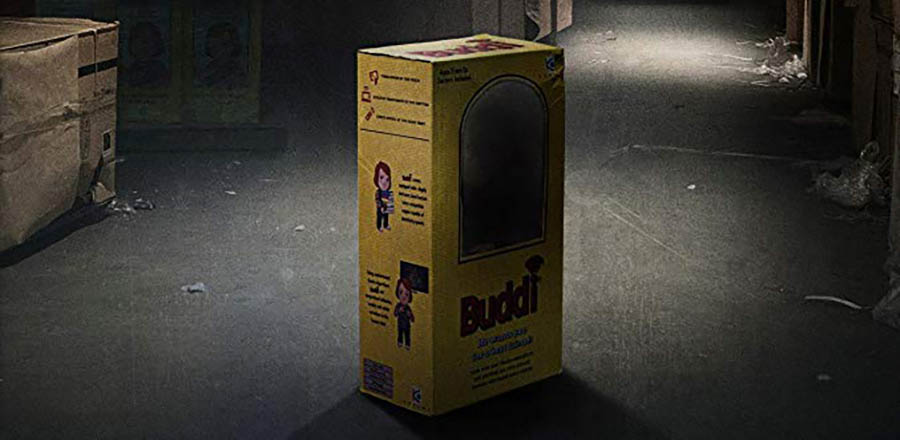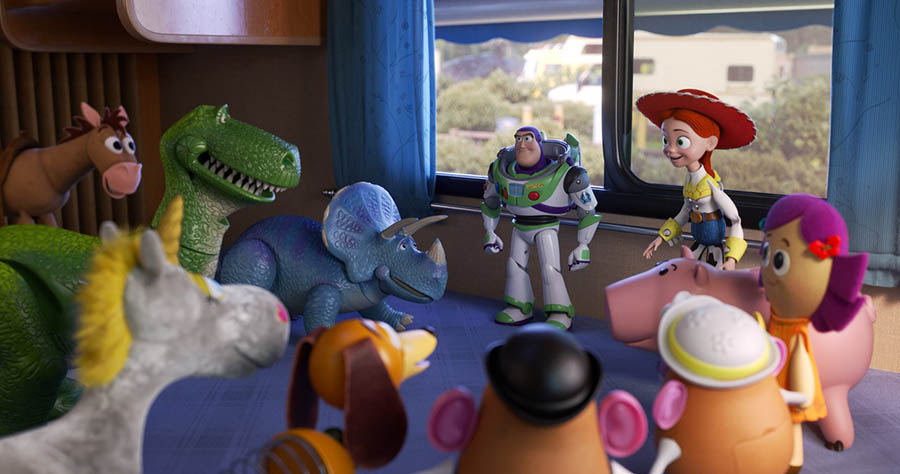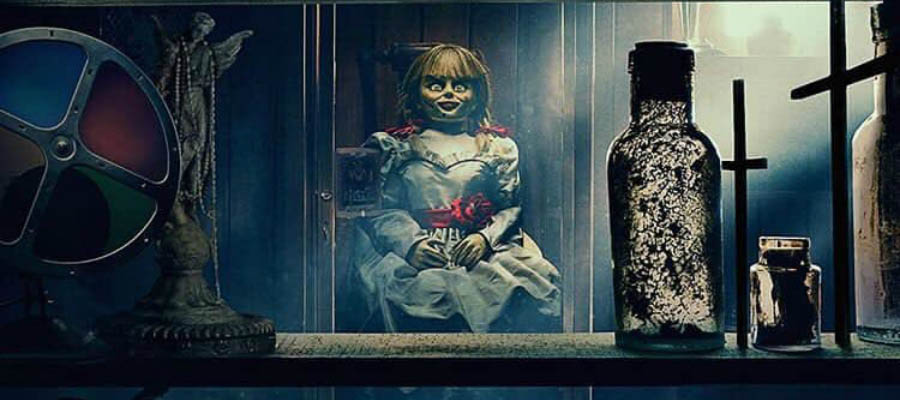Catch The Wave: Commonalities Of Surfing And Finances
In recent years, technology, education and government regulation have helped make the sport of surfing and finance less risky. Both have a lot in common and teach us a lot about risk.
STEVE INSKEEP, HOST:
What does surfing have in common with finance? Stumped you, didn’t I? Well, both can bring you a reward. There’s the rush of successfully surfing a big wave and the rush of successfully investing in a stock. Both also, of course, have an element of risk.
Cardiff Garcia and Stacey Vanek Smith, co-hosts of the podcast The Indicator from NPR’s Planet Money, have more.
STACEY VANEK SMITH, BYLINE: Allison Schrager is an unexpected guide to the history of surfing. She is an economist who studies risk.
CARDIFF GARCIA, BYLINE: Have you ever surfed?
ALLISON SCHRAGER: No.
GARCIA: (Laughter) Allison writes about the history of big-wave surfing in her new book, “An Economist Walks Into A Brothel: And Other Unexpected Places To Understand Risk.” To Allison, the history of surfing is about how technologies that are designed to make the world safer and less risky can have the unexpected result of sometimes making it more dangerous, more risky.
SMITH: In the early days of big-wave surfing, surfers had to be really fantastic swimmers.
SCHRAGER: And if they wiped out, they might have to swim three or four miles in really rough surf to get back to shore. So back then, it was a very small, very elite group of people who had these superhuman swimming skills.
GARCIA: But then surfers started using a leash, which attaches their leg to the surfboard. Allison says the leash did make surfing safer, but it also made it more likely that weaker swimmers would take up surfing in the first place.
SMITH: And those weaker swimmers might take more risks because they thought the leash made them safer. Brian Keaulana is a lifelong surfer in Hawaii. He says he sees this every time a new technology makes surfing a little bit safer. He says it happened again after surfers started using jet skis as rescue vehicles.
BRIAN KEAULANA: But technology, for me, is a double-edged sword because without proper training, it also sends a false sense of safety also out in the lineup. So I also see people taking more of a risk because they see the use of the jet skis there, as well as flotation devices.
SMITH: Not only were weaker surfers now getting into big-wave surfing because of the jet ski, but strong surfers were using jet skis to get to bigger and bigger waves, like 80-foot-tall waves.
GARCIA: In other words, these strong surfers were using the jet ski, which was supposed to make surfing safer, to take bigger and bigger risks.
SMITH: And in fact, this is what reminded economist Allison Schrager of financial markets. Just like a jet ski can make it safer to ride a big wave, there are financial products that can make it safer to invest your money because they limit how much money you can lose.
And just the same way a jet ski can be used to take on bigger and bigger waves, those same financial products can also make it easier to take a bigger risk with your investments.
GARCIA: And so the question is, what can be done to make sure that people are taking the right amount of risk, either in surfing or in finance? Education is one way to help people manage risks. Another way is government regulation, which is what’s used in finance. For example, sometimes there are restrictions imposed by the government on what kinds of financial products you can invest in. Now, in surfing, there are some regulations about using jet skis to ride big waves in Hawaii. But Allison says that generally speaking, surfers are opposed to regulation.
SMITH: And Allison’s main point is that whether it is surfing or financial products, these debates are definitely going to continue – because even when people learn how to manage the risk that comes with a new technology, either through education or regulation or just from getting used to a new risk, another technology can come along that introduces new risks. Stacey Vanek Smith.
GARCIA: Cardiff Garcia, NPR News.
Copyright © 2019 NPR. All rights reserved. Visit our website terms of use and permissions pages at www.npr.org for further information.
NPR transcripts are created on a rush deadline by Verb8tm, Inc., an NPR contractor, and produced using a proprietary transcription process developed with NPR. This text may not be in its final form and may be updated or revised in the future. Accuracy and availability may vary. The authoritative record of NPR’s programming is the audio record.





